Flies (Diptera)
Scathophagid Flies
ScathophagidaeThis family is represented by about 25 species in North America. Although most species are not associated with feces, they are also commonly called Dung Flies. Adults visit flowers with a relatively flat shape. Larvae of some species feed on plants (especially sedges, rushes, and louseworts), some mining in the stems or leaves (e.g. Lily, Orchid, Spiderwort families). Others eat the feces of large hoofed mammals, or are predacious. Adults seem to be predators of other insects.
Representative Genera and Species:
Peratomyia vittata, Scathophaga stercoraria
Pollinator Life Cycle:
These flies have four life stages: egg, pupa, larva, and adult. Using their ovipositors, females lay eggs on leaves, dung, or other substrates, or insert them into plant tissues.
Rarity Status:
The status of Canadian species has not yet been assessed, and none are legally protected.
Physical Appearance:
These small flies are 3-11 mm long, slender, bristled, and sometimes densely hairy. They are typically yellowish, black, grey, or brown, and sometimes bicoloured. Their wings are usually clear, but sometimes have clouded cross veins, spots, or bands. Males often have an abdomen with an enlarged tip, and females have a cylinder-shaped ovipositor.
Pollinator Habitat:
Some species are common in cow pastures. Most larvae live in dung, or the leaves, stems, or seed capsules of plants. Others are aquatic, inhabiting seaweed, rivers, or streams.
Canadian Distribution:
- Alberta
- British Columbia
- Manitoba
- New Brunswick
- Newfoundland/Labrador
- Northwest Territories
- Nova Scotia
- Nunavut
- Ontario
- Quebec
- Saskatchewan
- Yukon
Prairie Types:
- Fescue Prairie
- Mixed Grass Prairie
- Tall Grass Prairie






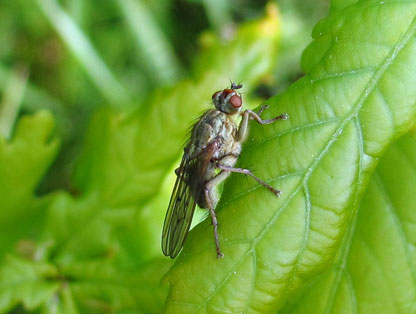
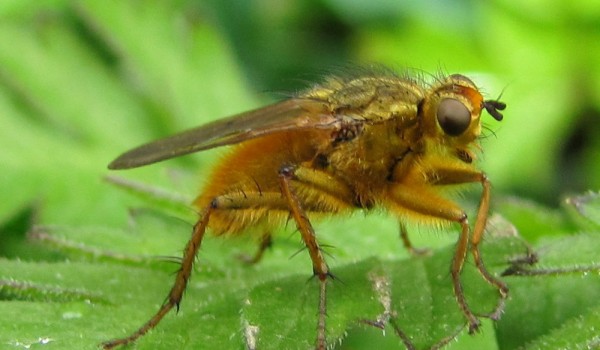
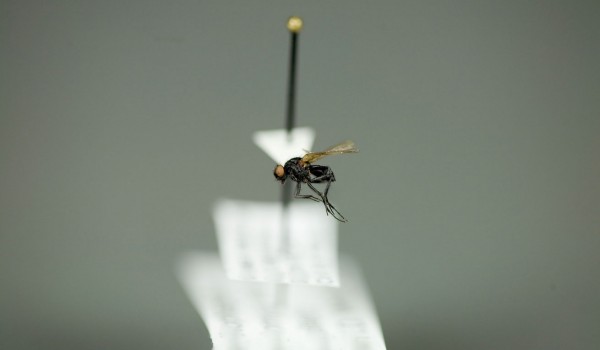
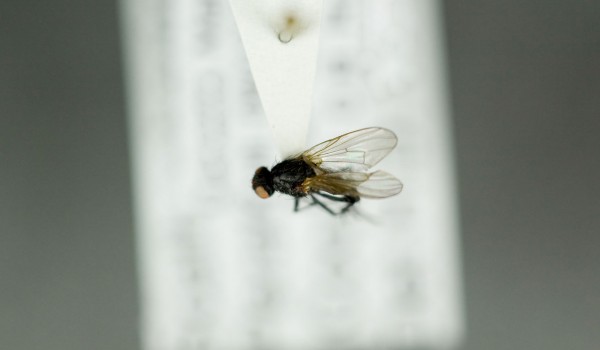
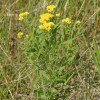 Flat-top Goldenrod
Flat-top Goldenrod 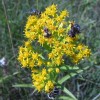 Riddell's Goldenrod
Riddell's Goldenrod 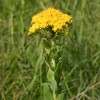 Rigid Goldenrod
Rigid Goldenrod 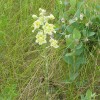 Smooth Camas
Smooth Camas